
OR
Madhesh Province: Rich in resources, yet struggling with poverty
Published On: July 8, 2023 08:30 AM NPT By: Mithilesh Yadav
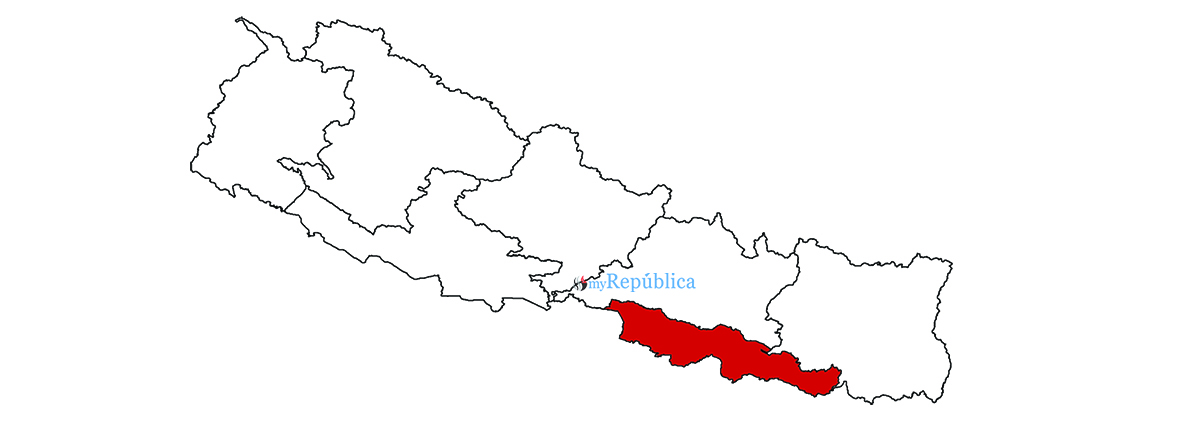
JANAKPURDHAM, July 8: Madhesh Province primarily produces essential food grains like rice and wheat, making it a resource-rich region compared to other parts of the country. However, despite its agricultural abundance, Madhesh Province faces significant challenges in terms of poverty. When considering the multidimensional poverty index, Madhesh Province's situation is below the national average. The villages in Madhesh Province lack signs of prosperity, and most of the areas are struggling with poverty.
Despite the presence of numerous indicators of prosperity in Madhesh, such as thriving agriculture, diverse languages and cultures, and geographical accessibility, the region is unfortunately experiencing a rise in poverty. This is quite surprising considering the positive signs. Intellectuals attribute this increase in poverty to the lack of focused agendas in recent decades.
This place has seen the birth of numerous leaders and the rise of several ministers. However, their main focus was always on political matters, neglecting the economic agenda. While there were plenty of protests centered around political issues, sadly, there was never any movement dedicated to fostering economic development.
Rajnikant Jha, an expert on Madhesh affairs, says, “It is unfortunate that Madhesh is poor even though it has enough resources.” He commented that if the leaders do not make economic development, resource mobilization and prosperity the primary agenda, Madhesh will drown in the mire of poverty.
There is considerable potential in agriculture in Madhesh. But there is no modern system and industrialization in agriculture. The provincial government has failed to introduce farmer-friendly policies and programs to increase the productivity of fertile land for agricultural production.
The old irrigation schemes have become dilapidated. New ones have not arrived. Due to its geographical location and flat land, Madhesh is a suitable area for industries and factories. But the government has not been able to facilitate adding new industries. Due to its close proximity with the border of India, this land is convenient for importing raw materials and exporting industrial products. There is more potential for agro-based industries.
Seeing this possibility, industrialist Binod Chaudhary, who visited the border village of Bhagwanpur in Madhesh Province during the 2074 House of Representatives election campaign, said, “This land is fertile for industry. If an industry-friendly environment can be created, this land will be filled with industries.”
Another issue in agriculture-based Madhesh is the market situation. Farmers face a significant problem as the food they produce is sold in the market for Rs 100 rupees but they only receive Rs 20 rupees for it. This unfair distribution of profit affects the farmers negatively. In Madhesh, when there is an excess production of mangoes, they end up rotting in the gardens. Moreover, when there is an overproduction of mangoes, there is also a shortage of cold storage facilities. As a result, the farmers are compelled to sell their mangoes at extremely low prices to avoid further losses. This circumstance creates a difficult situation for the farmers as they are forced to sell their produce at minimal profits.
The government of Madhesh Province is still silent on the establishment of a juice producing industry as more profit can be made by making juice and selling it in the off-season than selling mangoes at throw-away prices during the peak season.
Intellectual Sunil Kumar Shah says that if the factory producing juice in the pocket-region of mango gets priority, the farmers will be happy as well as jobs will be created.
According to the survey of the Ministry of Finance of Madhesh Province, Madhesh Province occupies 6.6 percent (9,661 square km) of the total area of Nepal. Madhesh province has 17.75 percent of Nepal's total arable land and 19.02 percent of cultivated land. This province has the most irrigated land (28.68%) in Nepal.
Compared to the total area of the country, the barren land in this province is 12.26 percent. Madhesh Province has 6 districts out of the 10 districts receiving the highest number of labor permits in Nepal. During the last three years, the highest number of labor permits have been issued from Dhanusha district.
Similarly, about 50 percent of the workers in Madhesh Province are illiterate. The unemployment rate of Madhesh Province is about 20.1 percent. Out of the seven provinces, 33.1 percent people in the age group of 15 to 24 years are unemployed. Likewise, 18.9 percent are unemployed between the ages of 25 and 39, 14.9 percent are unemployed between the ages of 40 and 59. Likewise, 11.2 percent of those over 60 are unemployed.
On the basis of electricity distribution, electricity is available from the national transmission grid to all households in Madhesh Province which is the highest among the provinces. In terms of storage capacity of petroleum products, Madhesh Province has the highest storage capacity (35.41 percent).
Among the airports in Janakpurdham, Simara and Rajbiraj, the number of flights is highest in Simara Airport and lowest in Rajbiraj Airport. Looking at the data from 2015 to 2019, it can be seen that Simara served 107,154 passengers from the highest number of flights (9,500) in 2018. There are 139,210 households without toilet facilities in Madhesh Province.
Similarly, there are 7,279 production establishments in Madhesh Province where 80,773 people are involved. And, the establishment has 68,488 employees. Only 6 percent of production establishments in Madhesh Province are affiliated to social security.
Out of the total population of the country, the population of Madhesh Province is about 21 percent. The population density of Madhesh Province is more than all the seven provinces at 633 per square km. Out of the total 6,666, 937 households in the country, 1,156,715 are in Madhesh Province. Out of the total population of the province of 6,114,600, there are 365,751 males and 348,849 females. The average household size in Madhesh Province is 5.29.
The contribution of the education sector to the gross domestic product in Madhesh Province is 10.3 percent. Madhesh Province has the lowest literacy rate among all the seven provinces. Here 63.53 percent of the population is literate. Among the literates, 72.45 percent are males and only 54.70 percent are females. In Madhesh Province, the district with the highest literacy rate is Parsa and the district with the lowest literacy rate is Rautahat at 57.75 percent.
In Madhesh Province, the percentage of students who passed the SEE exam is 7.61%. In the 10 plus two level, the pass rate is 9.74%, while for the undergraduate level, it is 3.31%. Moving on to higher education, the percentage of students who passed post-graduation and above is 1.39%.
Even though there are plenty of resources needed for prosperity, the human development index of Madhesh Province is intriguing. According to the Human Development Index published by the policy commission of Madhesh Province in 2007, the multidimensional poverty rate here is about 47.9 percent. Problems in fooding, housing, clothing and not being able to get treatment in case of illness are included in the list of multifaceted poverty.
The multidimensional poverty rate is 47.9 percent in the basic document of the five-year plan of the policy commission of the province. The multidimensional poverty rate of Nepal is 28.6 percent. Madhesh Province is ranked second in multifaceted poverty. The economic poverty rate of this province is 27.7 percent. The overall economic poverty of Nepal is 25.2 percent. Madhes Province ranks third in economic poverty rate. According to the overall index of Madhesh Province and the economic survey report done by the Ministry of Finance recently, the situation of Madhesh Province looks dire.
In order to achieve the goal of attaining 11 percent economic growth, it is stated in the government’s five-year plan that a strategy will be adopted to increase the production of local agricultural crops and basic food items that can have a comparative advantage by creating a position of self-sufficiency, to create local jobs in the agricultural and industrial sectors, and to invest in the development of skilled manpower and the skills needed for potential employment areas.
The goal is to encourage the private sector in the establishment of industries and to promote the agriculture and tourism sectors based on economic potential. For this, the government plans to utilize the existing road network. The government also plans to commercialize, diversify and modernize the agriculture-based industry as a driving force for development. It is mentioned in the basic document of the plan that modern and latest technology will be developed in the field of agricultural research, land conservation and policy will be made in such a way that activities that adversely affect water conservation will be prevented by considering the Chure region as the pillar for water conservation.
For the fiscal year 2023/24, Madhesh Province government has announced a budget of Rs 44.115 billion. However, this budget does not seem to be allocated towards fulfilling the goals of a prosperous Madhesh Province.
Despite the formulation of basic plans and policies aimed at alleviating poverty in Madhesh Province, the poverty graph continues to rise due to a lack of genuine employment opportunities.
You May Like This
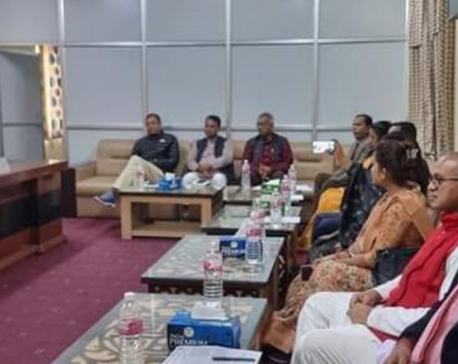
Newly-elected Madhesh provincial assembly members to take oath on Friday
KATHMANDU, Dec 26: In Madhesh Province, the newly-elected members of the provincial assembly will take the oath of office and... Read More...
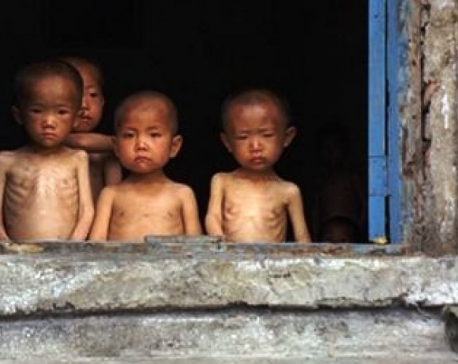
UN: 11 million North Koreans need food and kids are stunted
UNITED NATIONS, March 7: An estimated 11 million people in North Korea — over 43 percent of the population —... Read More...

No specific program for poverty alleviation in new budget: PAF
KATHMANDU, June 7: The Poverty Alleviation Fund (PAF) on Tuesday said that the government has not brought any specific program for... Read More...




Just In
- Sunkoshi-Marin Diversion Project’s tunnel construction nears completion, breakthrough scheduled for May 8
- Govt tightens security arrangement for Third Investment Summit 2024
- Pesticide residue found in vegetables in Nepalgunj
- Aam Janata Party and Samajwadi Jana Ekata Party merge
- 1,600 participants confirmed for Nepal Investment Summit
- Ilam-2 by-elections held peacefully, vote count likely to start tonight
- NEA schedules five-day power cut across Kathmandu Valley for underground cable installation
- Hundreds of passengers including foreign tourists in distress as poor visibility halts flights to and from PRIA








-1200x560-wm_20240427144118.jpg)

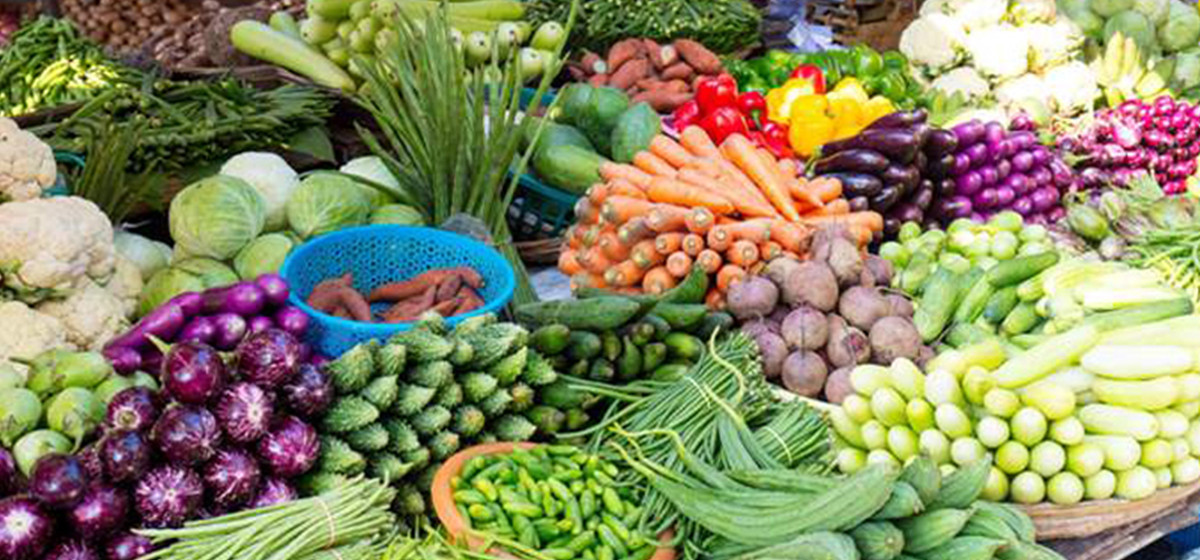
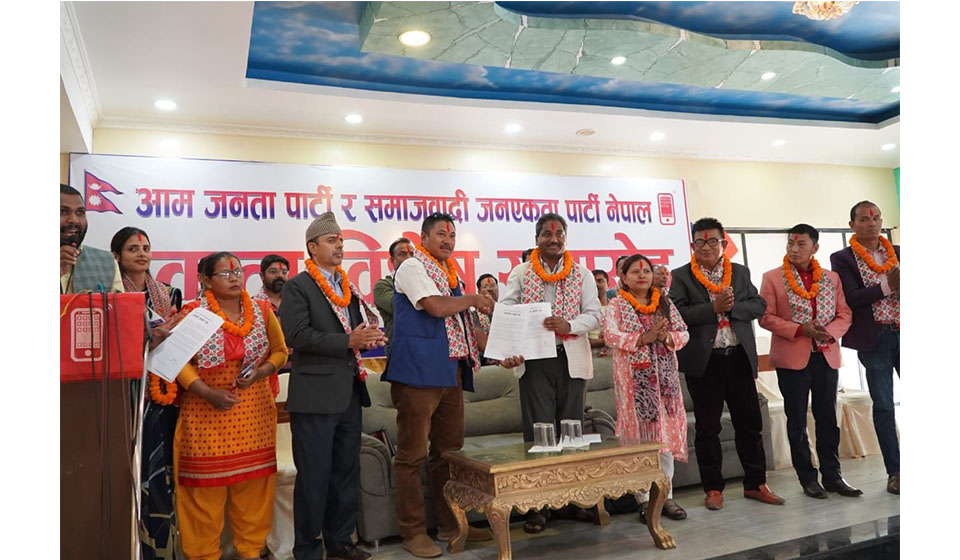

Leave A Comment